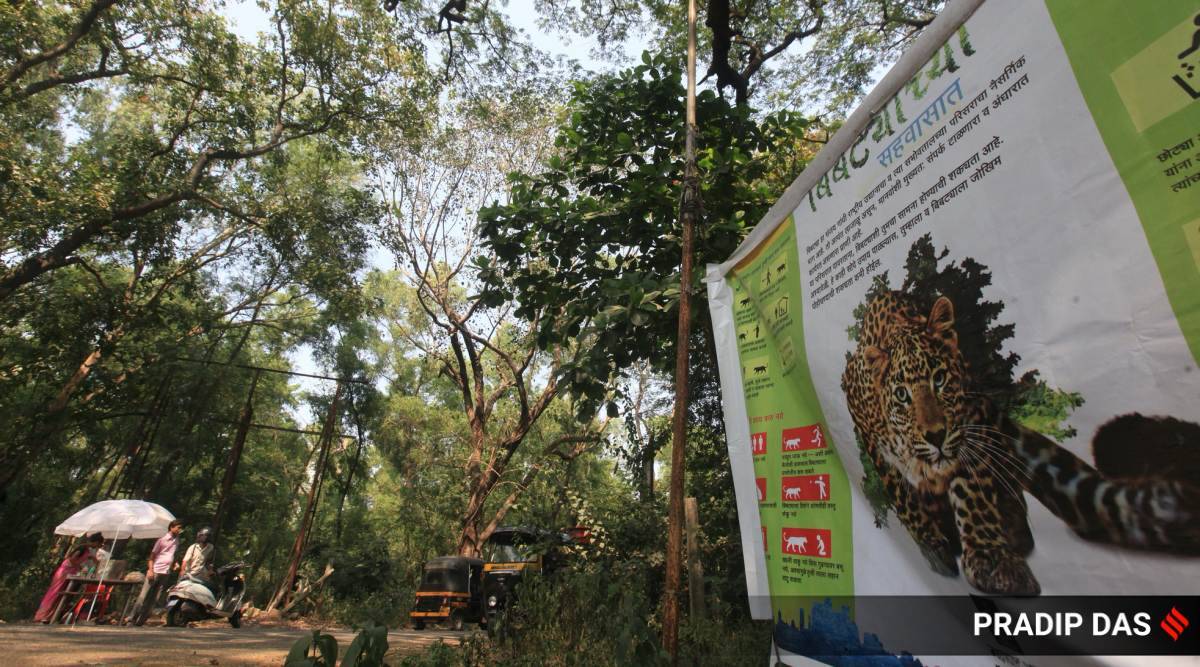 After the incident, forest officials have been asking local tribals and cattle farm owners to clear vegetation, including bushes and shrubs that have grown adjoining the periphery of their properties.
After the incident, forest officials have been asking local tribals and cattle farm owners to clear vegetation, including bushes and shrubs that have grown adjoining the periphery of their properties.As a precautionary measure against man-animal conflict in the future, the state forest department is set to implement a compulsory protocol to ensure that those living at tribal hamlets and own cattle farms clear the vegetation around the vicinity of their hutments, houses and rearing farms after monsoon.
The move comes after a 16-month-old toddler died after she was attacked by a male leopard on October 24 at Aarey forest.
After the incident, forest officials have been asking local tribals and cattle farm owners to clear vegetation, including bushes and shrubs that have grown adjoining the periphery of their properties.
“Leopards often hide inside these bushes and wait to strike vulnerable groups and preys. Removing the vegetation will improve visibility as well. The spot where the last leopard attack took place had large bushes… if there was no vegetation, it wouldn’t have attracted the leopard to that area,” said G Mallikarjun, director of Sanjay Gandhi National Park (SGNP) and the chief conservator of forests.
Mallikarjun said that while currently, there is no compulsory rule for the tribals to clear vegetation, the department is working towards framing an policy.
“Next week, we will hold a joint meeting with members from the tribal communities and owners of the cattle farms. Following this, an official rule could be framed. As of now, our officials are reaching out to the hamlets and asking tribals to clear the bushes on their own. The department has also cleared vegetation in multiple locations,” he added.
Meanwhile, forest officials said that the process of tracking the second leopard – identified as C-56 – which could also be responsible for the October 24 attack, continues.
The forest officials have already trapped a three-year-old male leopard, C-55, on Wednesday using a cage trap and transferred it to SGNP. The department said C-55 and C-56 are siblings. “Surveillance is on 24×7 and the process of monitoring C-56 continues. The process may take sometime since the leopard could be moving cautiously now,” said Mallikarjun.
“We have increased the number of trap cages to four… more than 40 camera traps have been installed in various spots inside Aarey forest,” said an official. Mallikarjun said that local tribals have identified most of these spots as areas where they had recently seen leopards.
On Monday, 16-month-old Eitikha Lot was attacked by a leopard in the courtyard of her house at Unit 15 colony inside Aarey forest. Eithika was rescued in an injured condition after an hour inside the forest by neighbours, following which she was rushed to Seven Hills hospital, where she was declared brought dead.